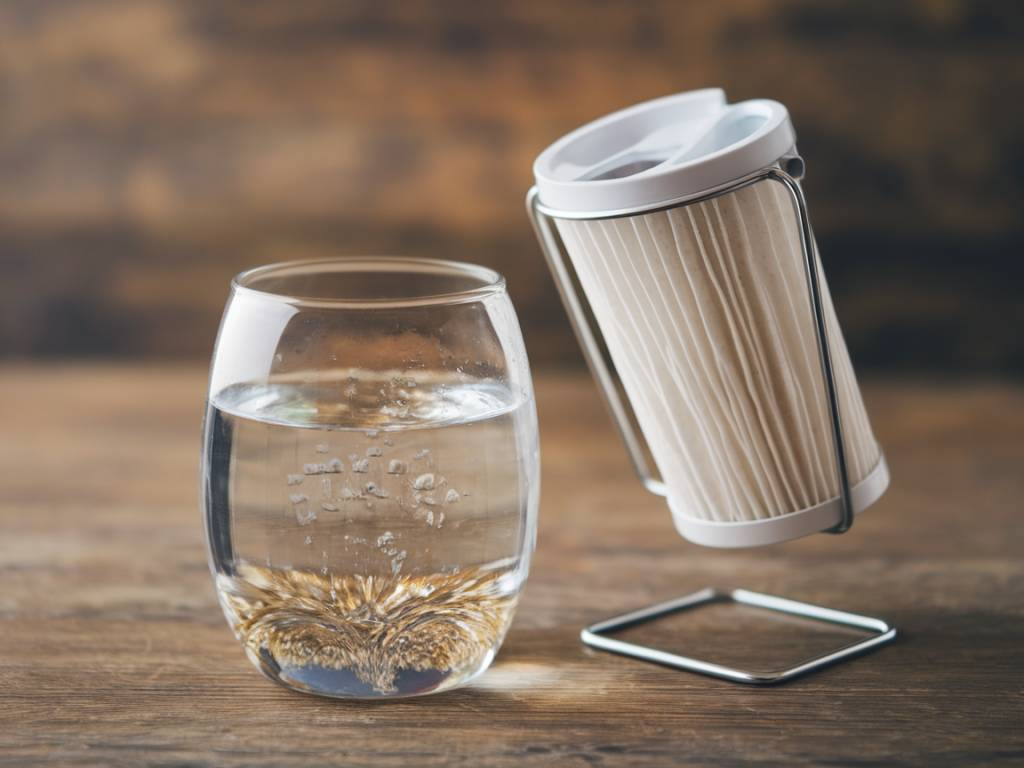Common Contaminants Found in Tap Water and How to Remove Them
Tap water might appear clean, but looks can be deceiving. Many invisible contaminants can sneak into your drinking water, potentially affecting your health. Do you know what’s really in your tap water? Understanding these common pollutants and learning how to remove them is essential for safeguarding your well-being. Let’s dive into some of the most widespread tap water contaminants and the best ways to eliminate them.
Chlorine and Chloramines
Municipal water suppliers commonly use chlorine and chloramines (a combination of chlorine and ammonia) to disinfect water and kill harmful bacteria. While these chemicals help prevent waterborne diseases, they can also introduce an unpleasant taste and odor. Some studies suggest that long-term exposure may have health implications, including an increased risk of certain cancers.
How to Remove Them:
- Activated Carbon Filters: These filters are highly effective at removing chlorine and its byproducts, improving both taste and smell.
- Reverse Osmosis (RO) Systems: RO filtration removes chloramines and other contaminants, providing purer water.
- Boiling: Some chlorine can dissipate through boiling, but this does not work as well for chloramines.
Lead
Lead contamination often comes from aging pipes and plumbing systems, particularly in older homes or cities with outdated infrastructure. Even low levels of lead can lead to severe health issues, particularly in children, affecting brain development and causing behavioral problems.
How to Remove It:
- Reverse Osmosis Systems: RO filtration effectively removes lead from drinking water.
- Activated Carbon Filters: Some advanced carbon filters can reduce lead levels significantly.
- Distillation: A water distiller can completely remove lead, but this method can be slow and energy-intensive.
Nitrates and Nitrites
Nitrates and nitrites come from agricultural runoff, fertilizers, and sewage. High concentrations can be particularly dangerous for infants, leading to methemoglobinemia (also known as « blue baby syndrome »), which affects oxygen transport in the blood.
How to Remove Them:
- Reverse Osmosis Systems: One of the most effective ways to remove nitrates and nitrites.
- Ion Exchange Units: These systems replace nitrate ions with others, such as chloride.
- Distillation: Boiling water won’t remove nitrates, but distillation can.
Fluoride
The addition of fluoride to municipal water supplies remains a controversial topic. While fluoride helps prevent tooth decay, excessive exposure has been linked to dental and skeletal fluorosis. Some people prefer to remove fluoride as a precaution.
How to Remove It:
- Reverse Osmosis: One of the most reliable ways to remove fluoride.
- Activated Alumina Filters: Specifically designed to remove fluoride.
- Distillation: A highly effective option, though not always practical for daily use.
PFAS (Per- and Polyfluoroalkyl Substances)
PFAS, also known as « forever chemicals, » are synthetic compounds found in non-stick cookware, firefighting foam, and industrial products. These chemicals do not break down easily, and they have been linked to cancer, liver damage, and hormone disruption.
How to Remove Them:
- Activated Carbon Filters: Some high-quality carbon filters are effective at reducing PFAS levels.
- Reverse Osmosis Systems: One of the best methods for removing PFAS from drinking water.
Bacteria and Viruses
Though municipal water is treated to kill harmful microorganisms, bacteria and viruses can sometimes sneak through, especially in cases of contamination or malfunctioning treatment facilities. Private well owners are particularly at risk.
How to Remove Them:
- Ultraviolet (UV) Purifiers: UV light effectively inactivates bacteria, viruses, and other pathogens.
- Reverse Osmosis: RO membranes block bacteria and viruses, offering comprehensive protection.
- Boiling Water: If you suspect bacterial contamination, boiling for one minute (or three minutes at higher altitudes) can kill most pathogens.
Arsenic
Arsenic is a naturally occurring element that can seep into groundwater from soil and rock formations. Long-term exposure is associated with severe health risks, including cancer and cardiovascular disease.
How to Remove It:
- Reverse Osmosis: Effectively removes arsenic from drinking water.
- Ion Exchange: Works similarly to a water softener by trapping arsenic and replacing it with harmless ions.
- Activated Alumina Filters: Specifically designed to capture arsenic contaminants.
Pesticides and Herbicides
Runoff from farms and gardens often introduces harmful pesticides and herbicides into groundwater supplies. These chemicals can interfere with hormonal balance, increase cancer risk, and impact organ function.
How to Remove Them:
- Activated Carbon Filters: Adsorbs a wide range of organic chemicals, including pesticides.
- Reverse Osmosis: Provides additional purification by filtering out residues.
Making Your Water Safer
With so many potential contaminants lurking in tap water, making sure your water is clean and safe should be a priority. Investing in a quality water filtration system tailored to your specific water quality concerns is the best way to protect your health and enjoy better-tasting water.
Want to understand what’s in your tap water? Start by testing it! Many home water testing kits are available, or you can check your local water utility report. Once you know what you’re dealing with, choosing the right filter becomes much easier.
Your body depends on water every single day—why not give it the cleanest, purest form possible? Clean water is not just a luxury; it’s a necessity for a healthier life.

